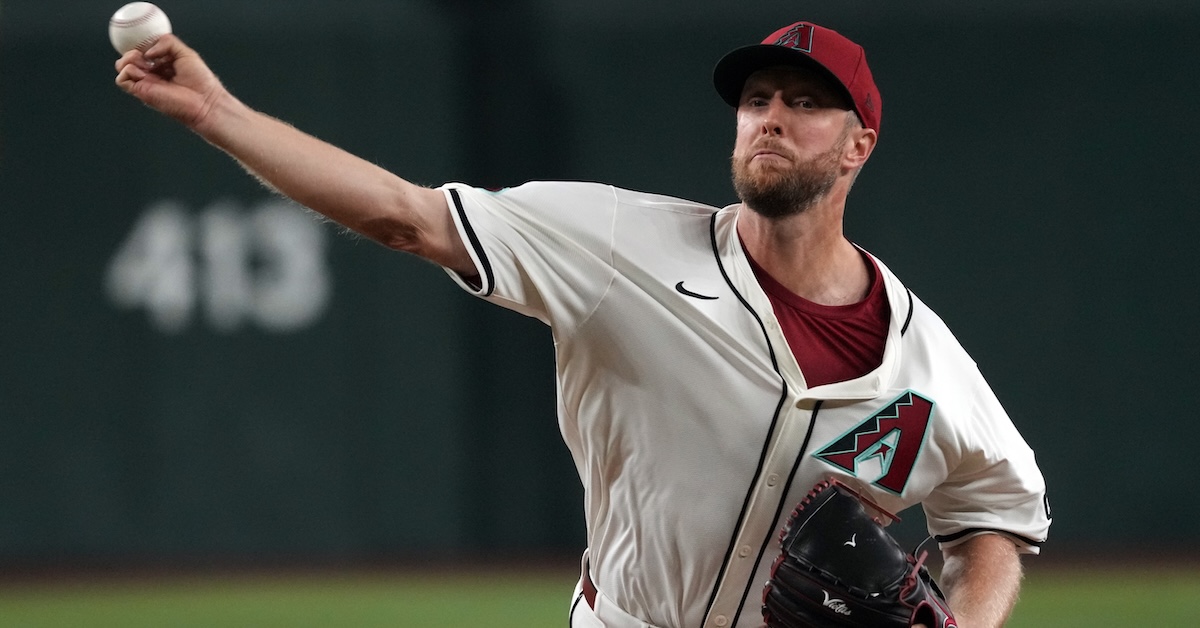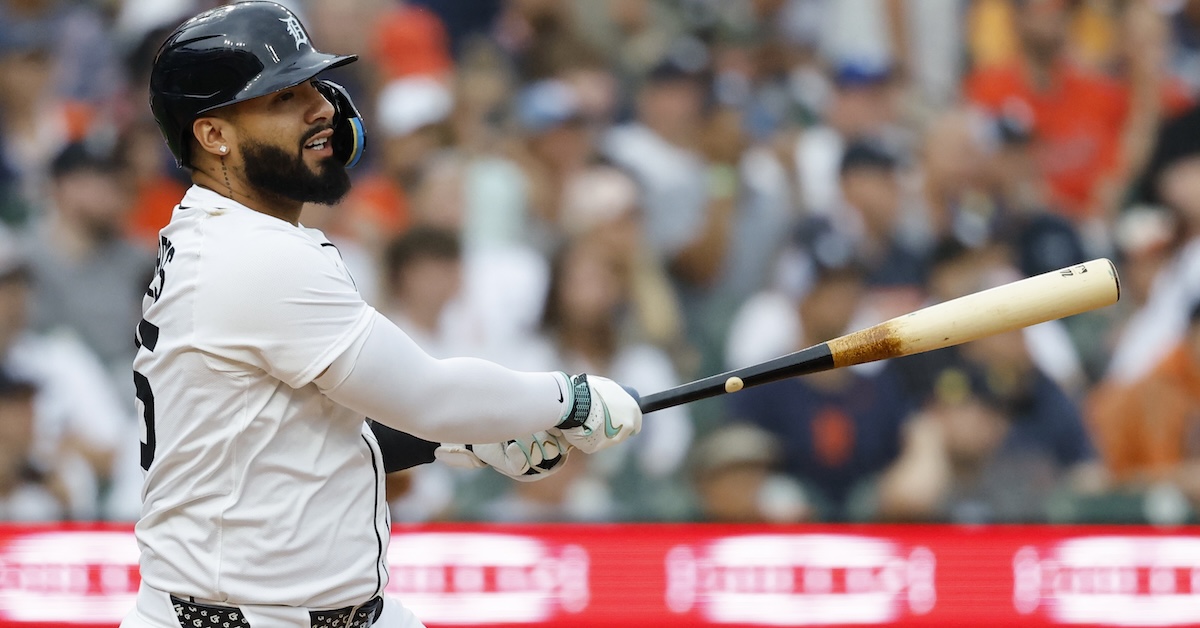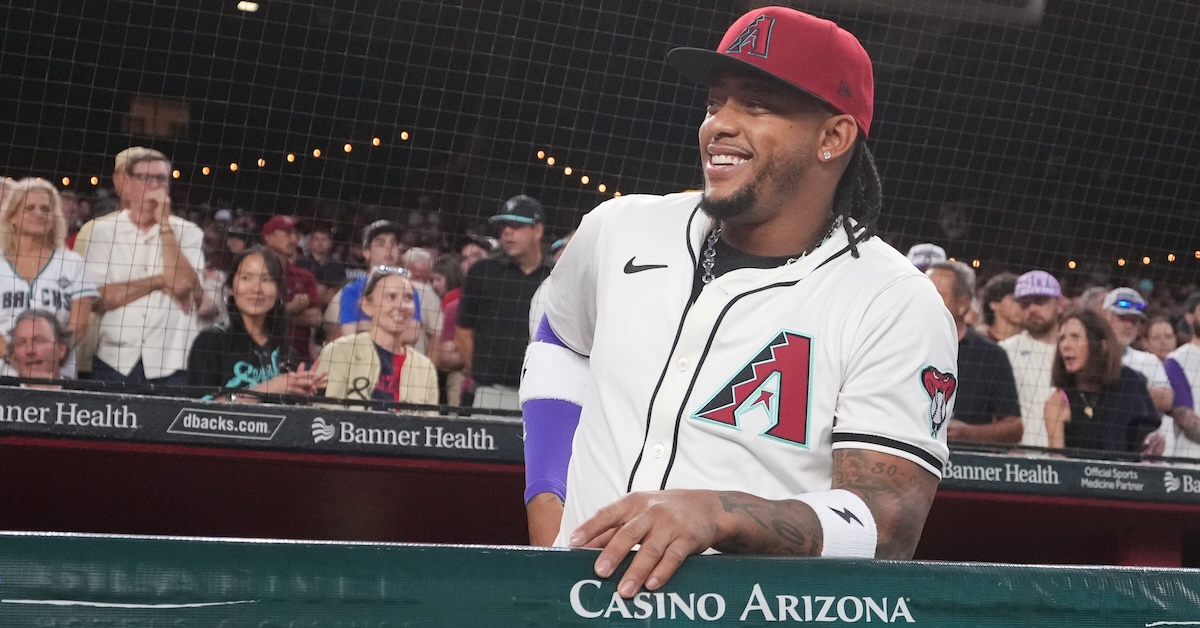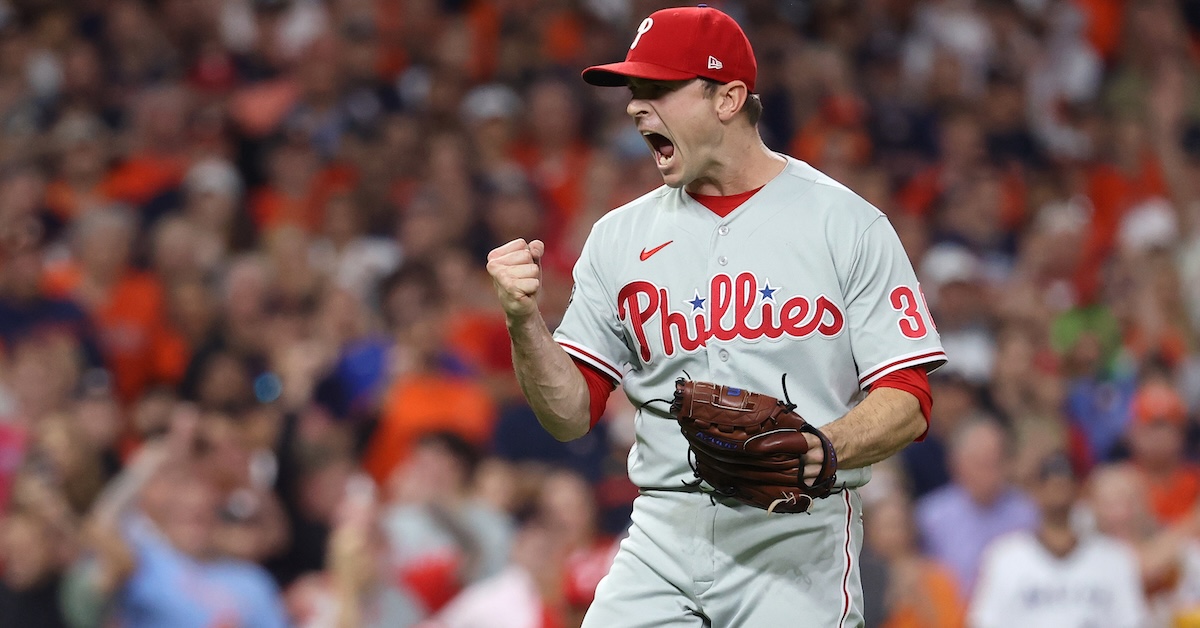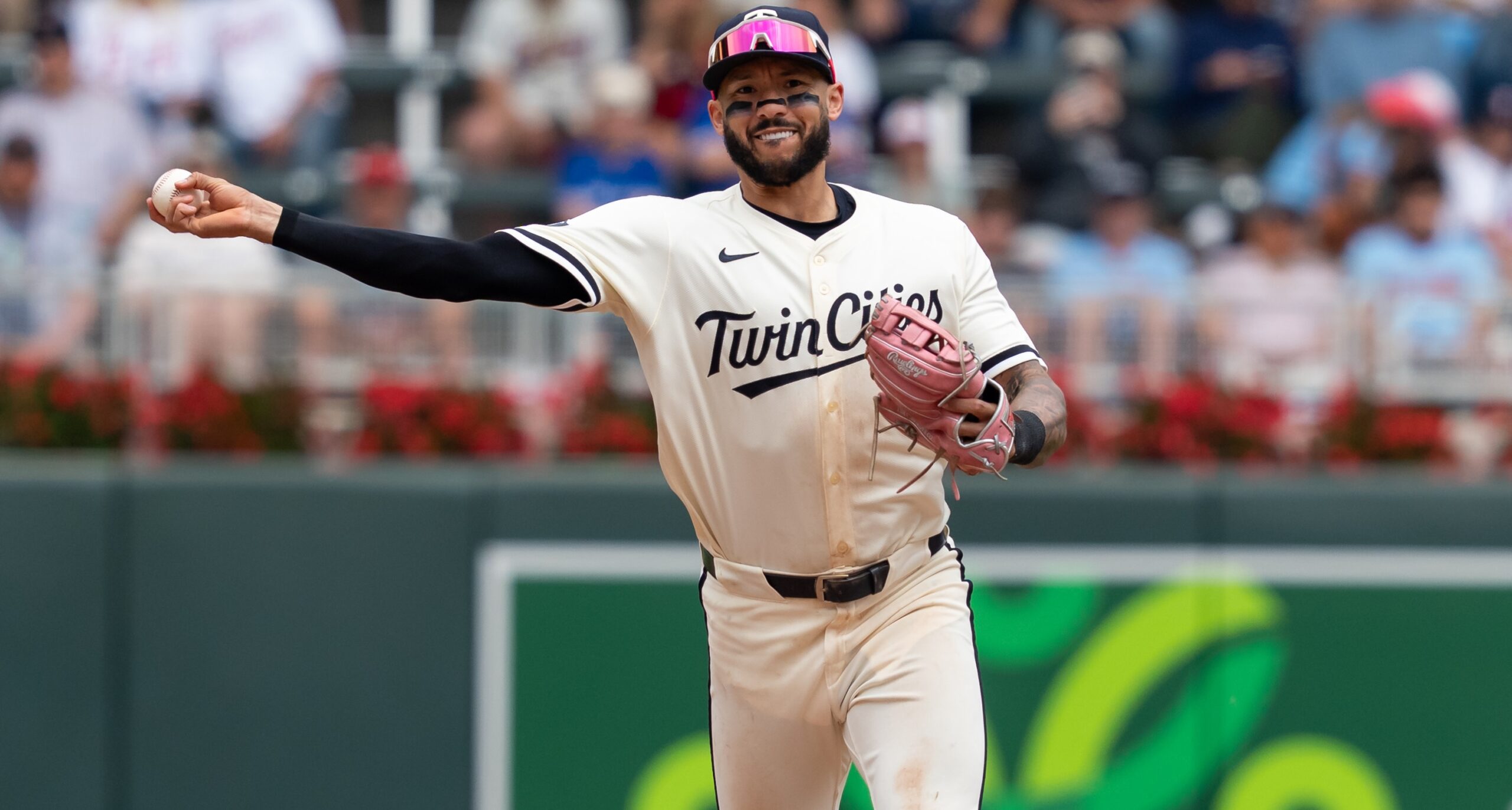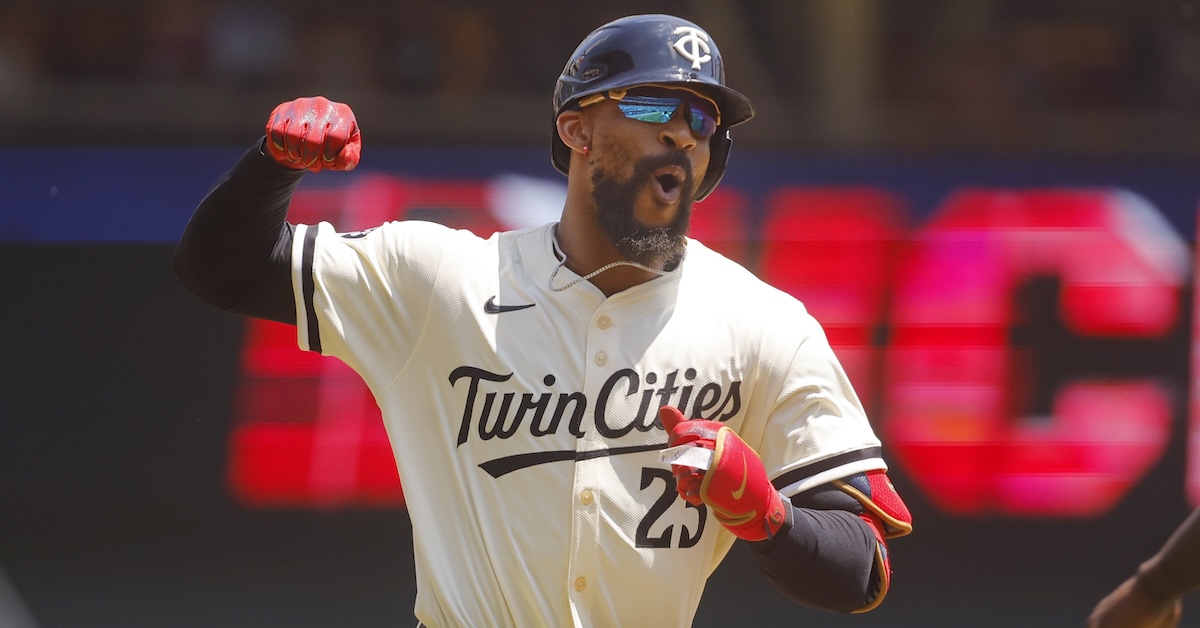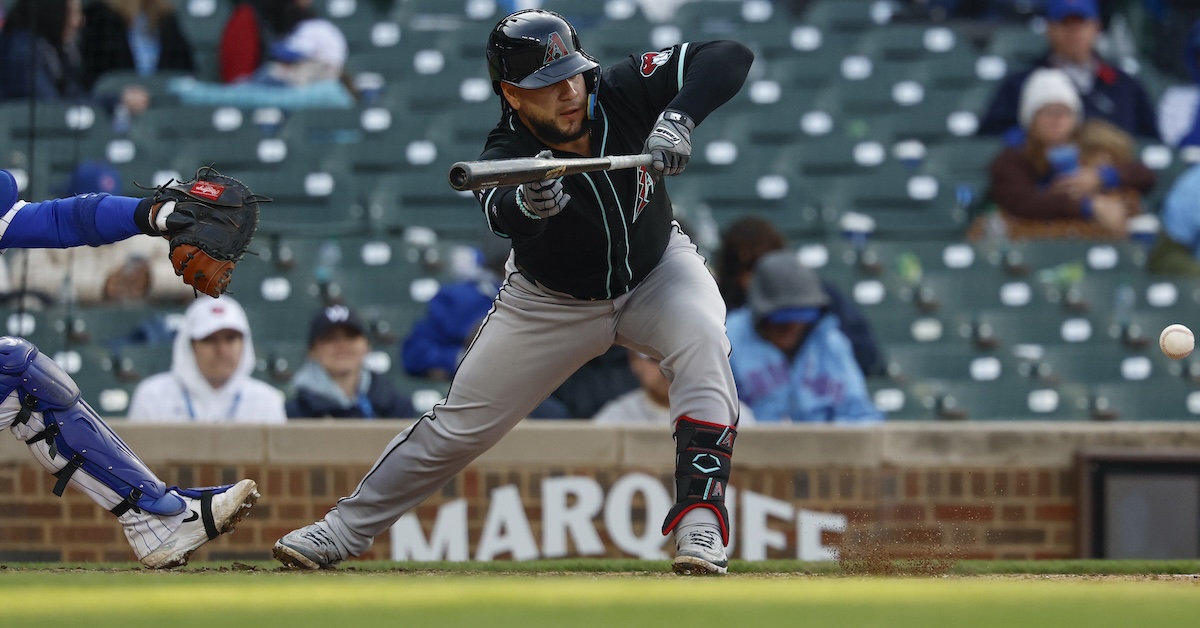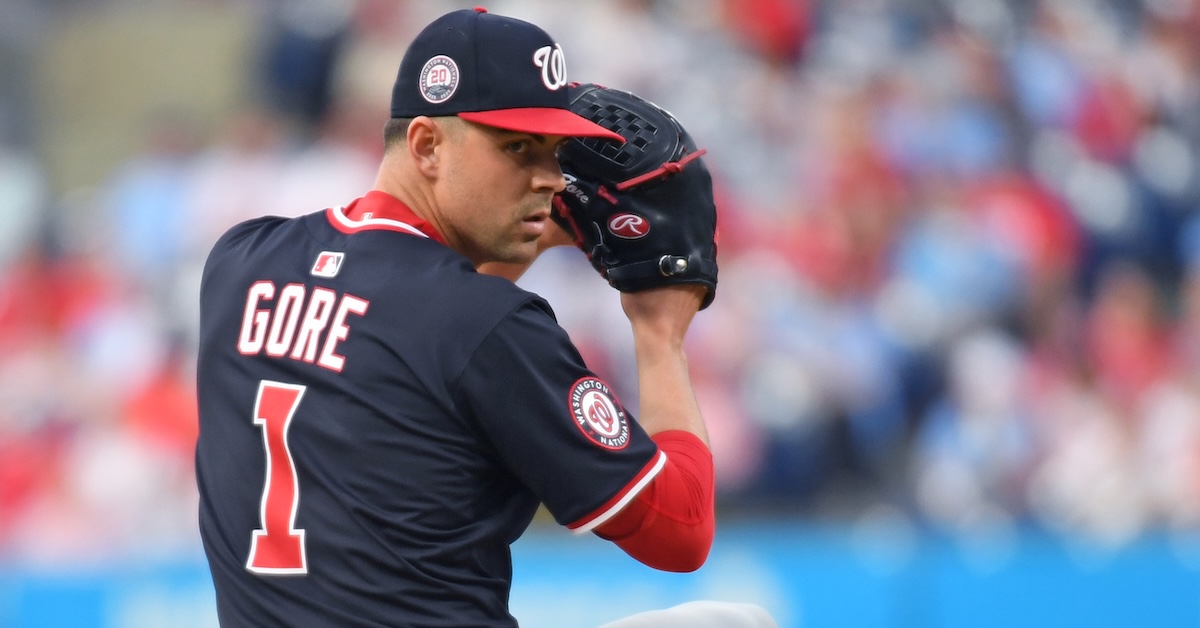Jay Jaffe FanGraphs Chat – 7/22/25
| 12:00 |
: Good afternoon, folks!
|
| 12:01 |
: It’s been a few weeks since my last chat. I missed one because of vacation, another because of the All-Star game, and last week at this time, I was sweating bullets because my Mac Mini, which I bought in late 2018, finally bit the dust to the point that its indicator light was flashing a Morse code S-O-S.
|
| 12:03 |
: Fortunately, I was prepared for this — had scoped out which model I was buying and was backing up my work like it’s my religion (I use Time Machine for on-site and BackBlaze for off-site). So I was up and running within 27 hours and didn’t miss a day of work. Anyway…
|
| 12:05 |
: Today is D(backs) Day at FanGraphs, in that Michael Baumann and I have done a point/counterpoint regarding whether Arizona should sell or buy at the July 31 trade deadline. My take just went up https://blogs.fangraphs.com/point-the-diamondbacks-should-sell-at-the-…, Michael’s will be along at 12:30, and David Laurila spoke to Merrill Kelly, one of their big trade targets, for another piece https://blogs.fangraphs.com/merrill-kelly-is-a-trade-target-who-thrive…
|
| 12:05 |
: Yesterday the D-backs popped up in my Worst Defenses Among Contenders roundup https://blogs.fangraphs.com/the-worst-team-defenses-among-contenders-2…
|
| 12:06 |
: And last week was my Replacement Level Killer series, which begins here https://blogs.fangraphs.com/the-2025-replacement-level-killers-introdu… and covers 6 installments.
|
